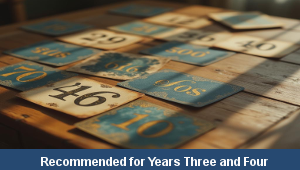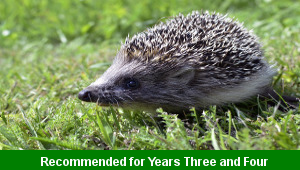School Invitations

This English teaching pack for Key Stage Two gets the children to explain and model how to write a letter using persuasive language to invite a celebrity to visit the school for a special function or celebration.
The class can select and use special vocabulary phrases and sentences in their letters to persuade someone to visit the school for a party celebration, sporting competition or other event.
Download this teaching pack including a lesson plan, classroom activities and an interactive presentation to explain and model how to write a letter using persuasive language to invite a celebrity to visit the school for a special function or celebration
Activities in this teaching pack include shared reading texts to explain how to use persuasive language when composing a letter, a set of cards to edit and change word phrases to make them more persuasive, a template to structure a persuasive letter to invite a celebrity to visit the school and a worksheet to draft and edit a persuasive letter using the correct format and layout.
The interactive presentation gets the children to explore how to write a letter using persuasive language to invite a celebrity to visit the school.
This lesson is part of an English scheme of work to get the children to practise composing and publishing letters to different members in the school community for a range of functions and purposes. There are teaching activities for shared learning, differentiated worksheets to support independent learning and interactive presentations to introduce concepts and key skills.
-

Rounding Hundreds
Explain and model how to round some different numbers to the nearest hundred based on the place values of the digits in each number
-

Rounding Tens
Identify and record how to round some different numbers to the nearest ten based on the place values of the digits in each number
-

Classic Animal Stories
Investigate the structure and content of classic works of fiction by significant authors with animals as the main characters
-

Cities, Towns and Villages
Research and present the history of a range of different buildings and people that are part of the local community using a school exhibition
